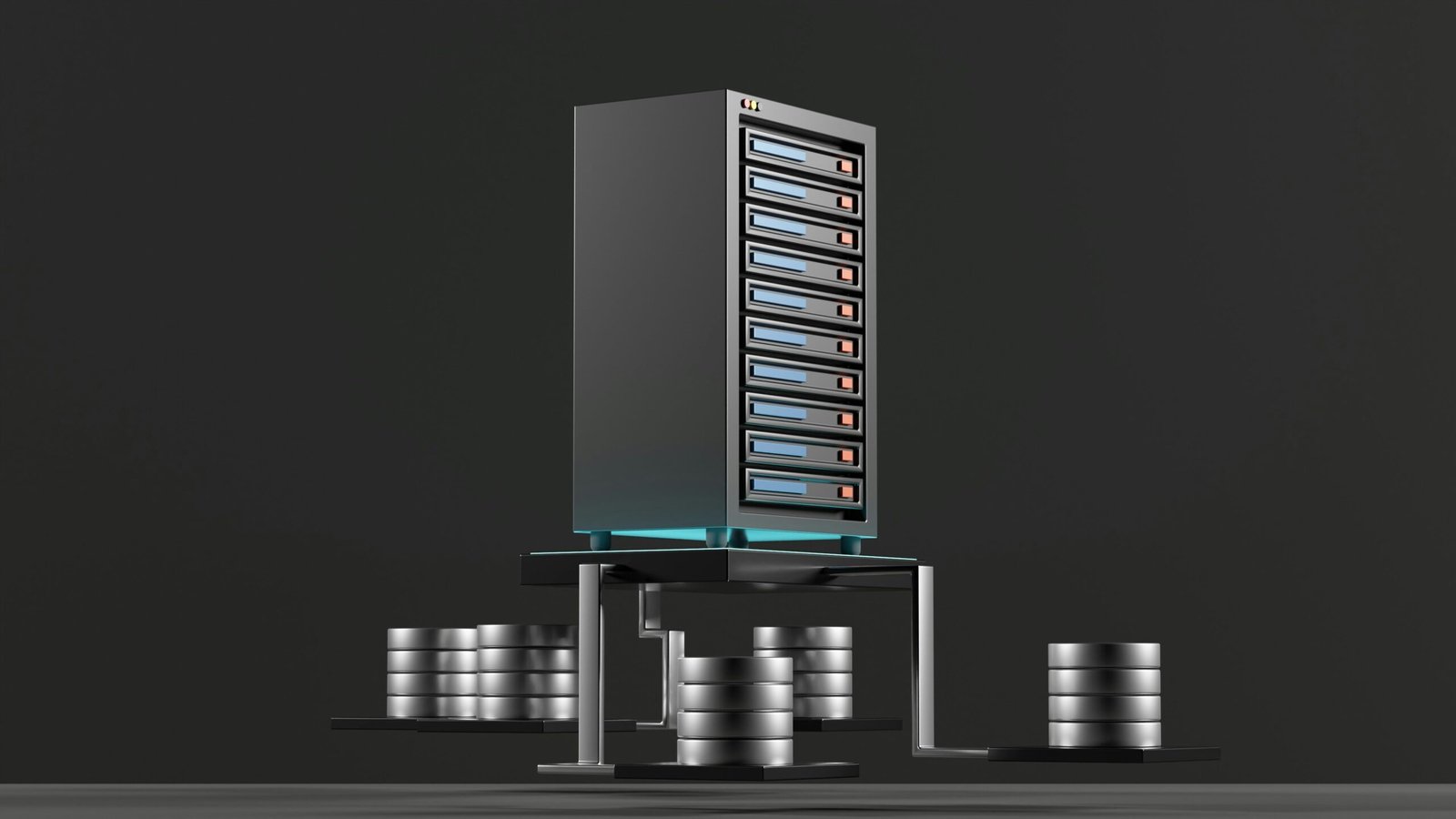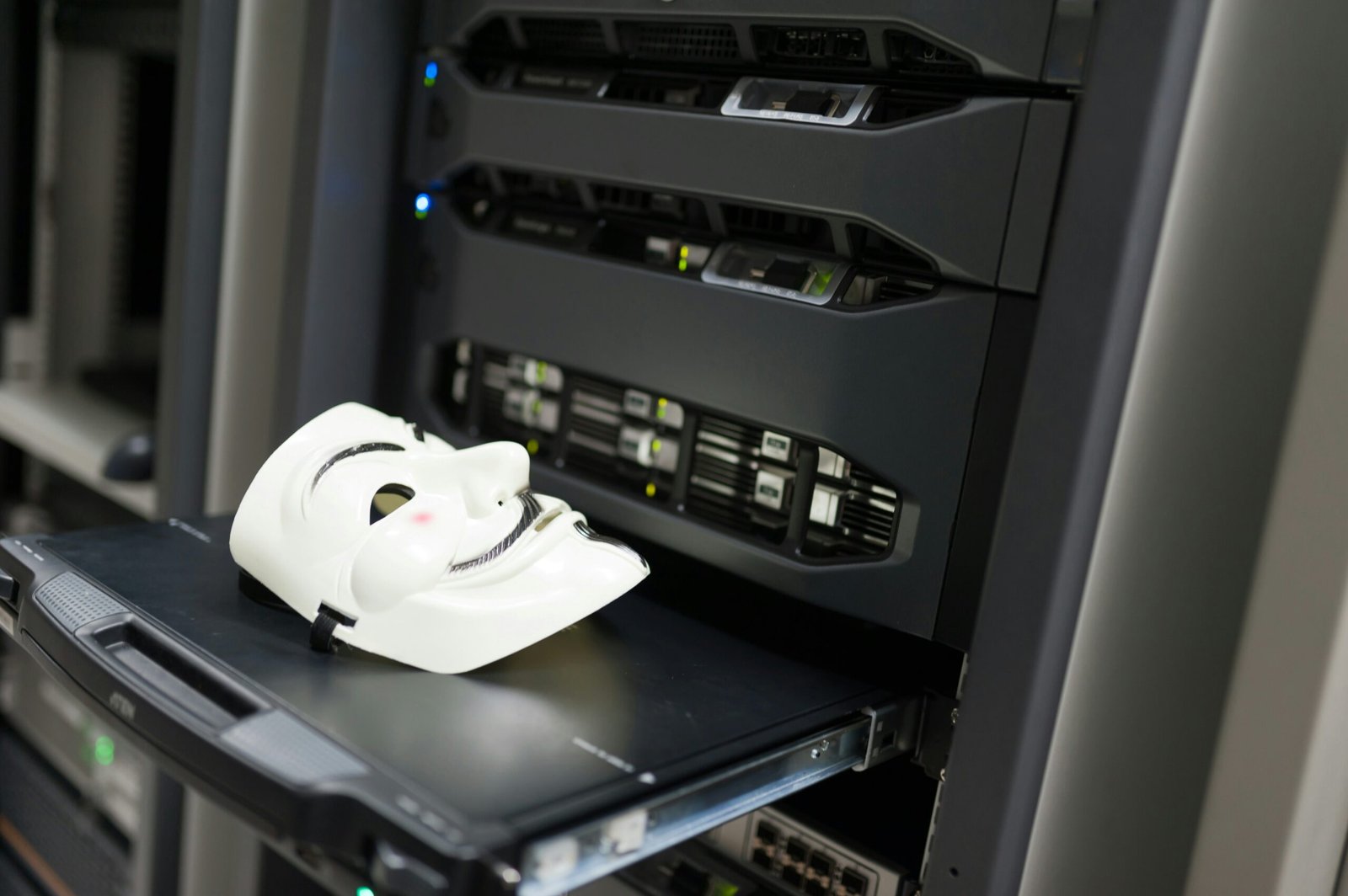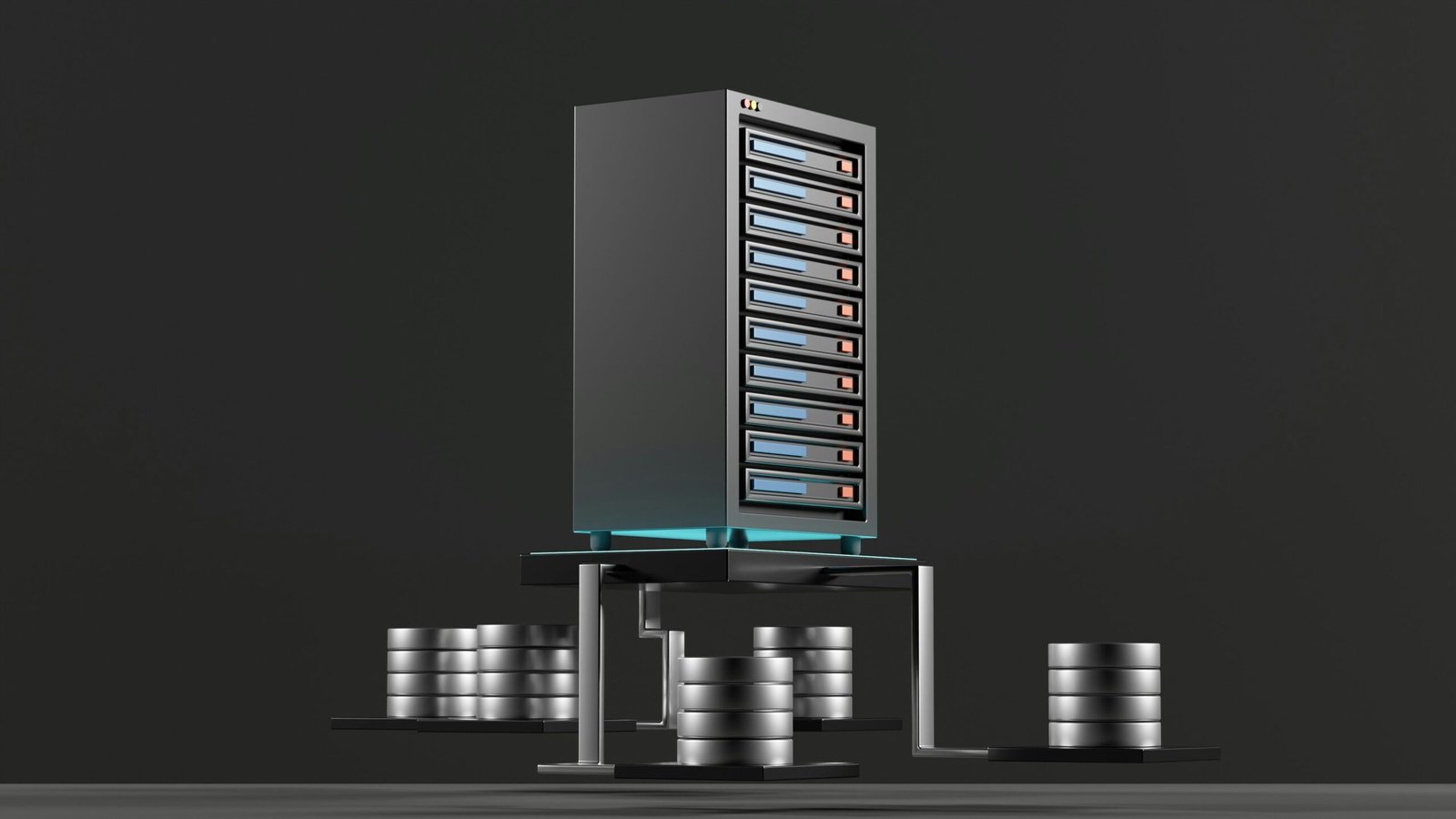Current Landscape of Linux in Enterprise Servers
The adoption of Linux in enterprise servers has gained significant traction over the years, with major distributions such as Red Hat Enterprise Linux (RHEL), Ubuntu Server, and SUSE Linux Enterprise Server (SLES) prominently leading the market. According to recent statistics, these distributions collectively account for a vast majority of the enterprise server installations, highlighting Linux’s strong foothold in the corporate environment. The appeal of Linux-based systems can be attributed to several factors that make them an ideal choice for enterprises looking to enhance their IT infrastructure.
One of the primary reasons enterprises opt for Linux over proprietary operating systems is its open-source nature. This characteristic not only enables organizations to access the source code and customize it according to their needs but also fosters a community-driven approach to software development. Consequently, enterprises enjoy flexibility, transparency, and control over their server environments. Moreover, the ability to avoid licensing fees associated with proprietary solutions leads to cost savings that are increasingly important for organizations aiming to optimize their budget.
The rise of open-source solutions has been instrumental in shaping the current landscape of enterprise IT. With organizations prioritizing innovation and agility, Linux has emerged as a frontrunner in cloud computing, containerization, and virtualization technologies. As businesses seek to transition to cloud-based infrastructures, Linux distributions have positioned themselves as the backbone for many cloud service providers. Furthermore, the synergy between container technologies, such as Docker and Kubernetes, and Linux has facilitated the creation and deployment of applications in a modular and efficient manner. This shift highlights how Linux fosters an adaptable environment, which is crucial in today’s fast-paced digital landscape.
In summary, Linux not only forms the foundation of numerous enterprise server solutions but also drives forward innovative practices in technology deployment, making it an essential component in the modern enterprise ecosystem.
Technological Advancements Shaping Linux
As we delve into the future of Linux in enterprise servers, it is evident that several key technological advancements are paving the way for its evolution. One prominent area of focus is the integration of artificial intelligence (AI) and machine learning (ML) in system optimization. These technologies are poised to enhance Linux server management through predictive analytics and automation, allowing enterprises to improve resource allocation, system performance, and uptime.
Moreover, the rise in security threats has prompted significant advancements in Linux security features. The continual development of enhanced security protocols, such as SELinux and AppArmor, empowers organizations to secure their systems more effectively against potential breaches. Furthermore, the introduction of containerization technologies, such as Docker and Kubernetes, has fundamentally transformed how applications are deployed and managed on Linux servers, adding a layer of isolation that increases security and scalability.
Kernel development is another critical factor influencing the future of Linux. Ongoing improvements in the Linux kernel contribute to better performance, enhanced hardware support, and improved scalability, which are essential for managing modern workloads. These advancements allow Linux to efficiently support a wide range of systems, from legacy applications to the latest cloud-native architectures.
The impact of hybrid cloud environments on Linux cannot be overstated. As enterprises seek flexible solutions to manage their data and workloads, hybrid cloud systems—combining on-premises and public cloud resources—are gaining traction. Linux’s adaptability within these environments makes it a preferred choice for many organizations, facilitating seamless integration and management of resources.
Additionally, the rise of edge computing presents new challenges and opportunities for Linux in enterprise servers. As more data is processed closer to the source, Linux is expected to play a critical role in enabling efficient and reliable edge computing solutions, thereby increasing its relevance in modern IT infrastructures.
Challenges and Opportunities for Linux in Enterprises
The enterprise server market presents both challenges and opportunities for Linux as an operating system of choice. One of the significant challenges is compatibility with proprietary applications. Many businesses rely on software that is designed specifically for Windows or other proprietary systems. This reliance can lead to a situation where organizations hesitate to switch to Linux due to the fear of losing access to critical applications that do not support open-source alternatives. Addressing these compatibility issues remains a priority for Linux advocates, who emphasize the importance of developing similar solutions or leveraging open-source software that can meet business needs.
Another challenge faced by Linux in enterprises is the skills gap within the workforce. While Linux is widely used in various sectors, there is still a shortage of skilled professionals who are adept at managing and deploying Linux-based systems. Organizations often find it difficult to recruit talents with sufficient Linux experience, exacerbating the transition from traditional server environments. Upskilling current staff and developing training programs are crucial steps that enterprises must undertake to bridge this gap and harness the full potential of Linux.
Furthermore, resistance to change from legacy systems is a common hurdle. Many organizations are hesitant to migrate from established systems due to potential disruptions and the perceived risks involved. However, there are substantial opportunities for Linux to overcome these challenges. The growing acceptance of open-source software within the business community is fostering an environment where more organizations are willing to explore Linux as a viable alternative. Strong community support and resources available for Linux further enhance its adoption, allowing companies to utilize customizable server solutions tailored to their specific requirements. By leveraging these opportunities, Linux can continue to thrive in the enterprise server landscape.
Predictions for the Next Decade
As we look towards the future of Linux in enterprise servers, several trends can be anticipated over the next decade. One of the most significant shifts is likely to be an increase in enterprise adoption rates of Linux-based solutions. Organizations are increasingly recognizing the cost-effectiveness, security, and flexibility of Linux compared to traditional operating systems. The momentum around open-source software is expected to drive this trend further, allowing organizations to customize and innovate on their own terms.
Another key trend is the growing emphasis on containerization and microservices architectures. The adoption of these technologies is transforming the software development landscape, promoting scalability and efficiency. Since Linux is the backbone of container technologies like Docker and orchestration platforms such as Kubernetes, enterprises can expect to see a more significant integration of Linux into their development pipelines. This transition to containerized environments will empower companies to deploy applications more quickly and reliably, enhancing overall operational agility.
The integration of Linux into Internet of Things (IoT) and edge computing solutions also presents a formidable opportunity for growth. As more devices come online, powered by Linux, organizations will find new ways to harness data and improve operational efficiencies at the edge of their networks. The versatility of Linux makes it an ideal choice for running lightweight applications on edge devices, which is crucial for implementing real-time analytics and decision-making processes in various sectors.
Furthermore, the global focus on sustainability and energy efficiency will heavily influence how Linux-based solutions are developed and deployed in enterprise environments. As businesses strive to minimize their carbon footprints, Linux’s inherent properties, such as low resource consumption and ability to run on older hardware, will position it as a crucial player in the push toward greener technology. This alignment with sustainability goals is expected to catalyze further investments in Linux, ensuring its central role in the future of enterprise servers.









